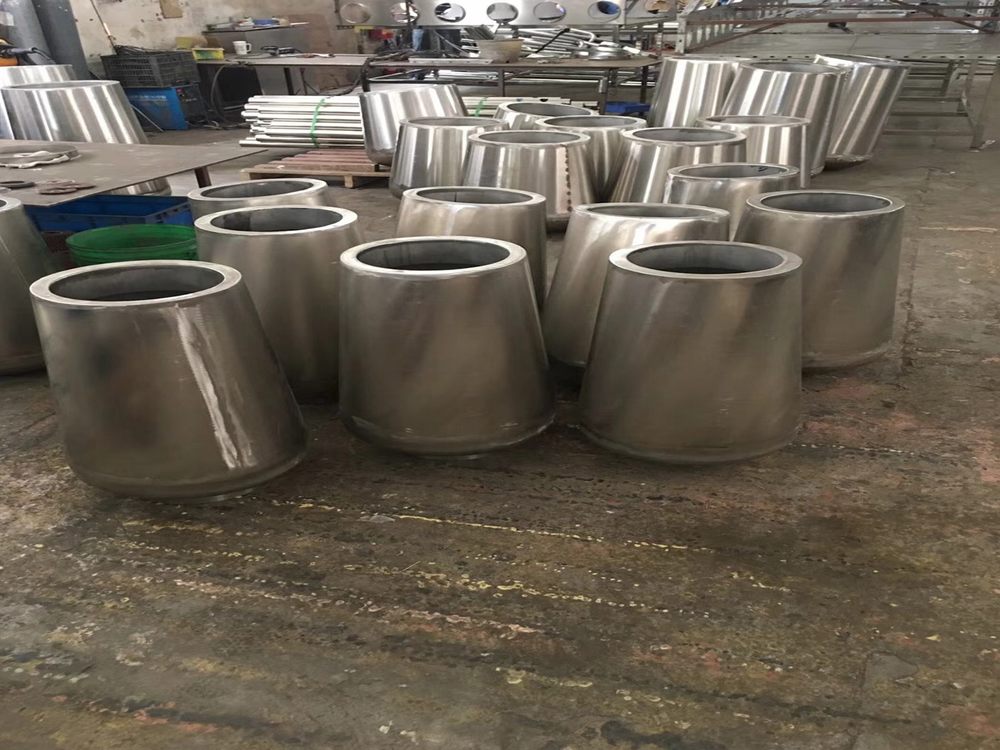
Porcelain sculptures and stoneware are both celebrated ceramic art forms, yet they differ significantly in material composition, firing techniques, and aesthetic results. Porcelain is made from refined kaolin clay, resulting in a delicate, translucent finish with a smooth, glass-like surface. It requires high firing temperatures (1,200–1,400°C) to achieve its signature purity and strength.
In contrast, stoneware uses coarser clay mixed with minerals like feldspar or quartz, creating a denser, opaque body. Fired at slightly lower temperatures (1,100–1,300°C), stoneware is more durable and often features earthy, rustic textures. While porcelain excels in intricate detailing and elegance, stoneware is favored for functional, robust pieces with natural, organic appeal.
Artists choose between these mediums based on desired durability, visual effects, and artistic intent, making each form unique in the ceramic arts landscape.

